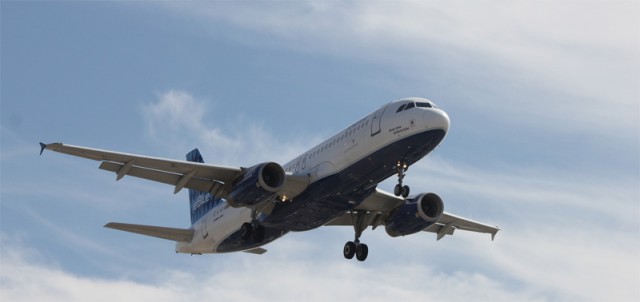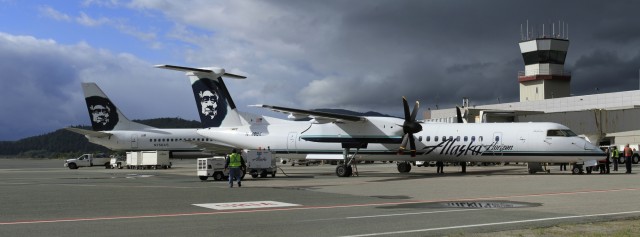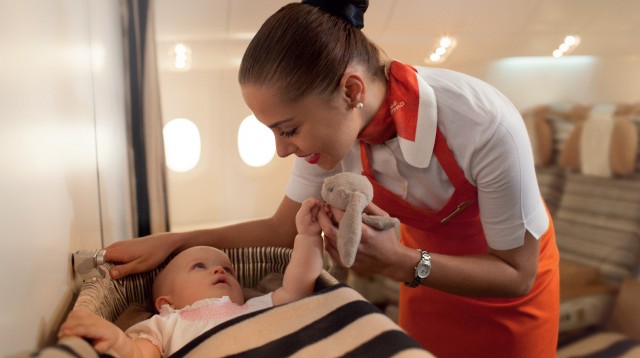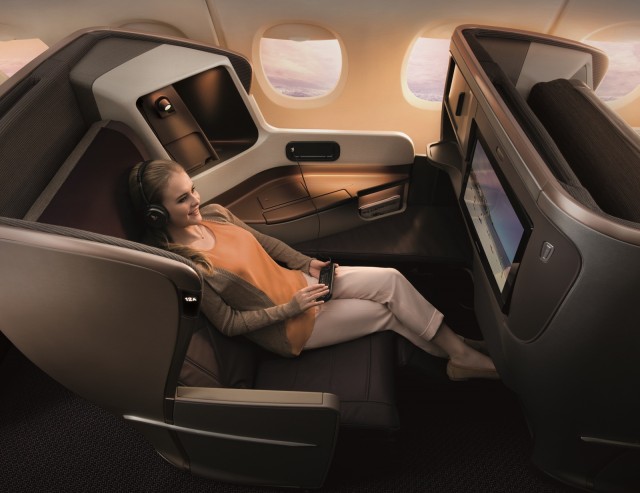
Why can’t we make this JetBlue Airbus A320 a bit wider? Photo: David Parker Brown | AirlineReporter.com
I recently saw a comment on an older AirlineReporter.com post; it referenced a bad experience with a seat being too small. The person posed the following: “If planes were just one foot wider, seats could be as wide as first class. Would that kill Boeing or Airbus?”
I have seen this question come up quite a bit. Sure, for some of you, the answer to this might be pretty obvious. However, I don’t think that the majority of passengers really understand why this seemingly-simple change of adding more room to a plane is not simple at all. And in the end, it is not what passengers really want anyhow.

Alaska Airlines Bombardier Q400 on proving flight in Juneau, Alaska – Photo: AirlineReporter.com
Alaska Airlines (AS), through their wholly-owned subsidiary Horizon Air, recently announced that they would deploy some of their Bombardier Dash-8 Q400 aircraft to the State of Alaska. While Dash-8’s have long been a fixture in Alaska Airlines’ pacific northwest network via Horizon (I was flying them within Washington as a child), this marks their first major deployment up north.
Why would AS begin flying Q400s in Alaska? For the same reasons other carriers have moved towards regional jets and turbo props – operating costs, frequency, and flexibility. On the operating cost side, Q400s are extremely efficient, particularly compared to the Boeing 737-400s that are a mainstay of the AS fleet in Alaska. Bombardier estimates savings in examples like this to approach 40%. From a frequency and flexibility standpoint, more flights on a smaller plane can meet passenger demands, maximizing load factor while increasing service frequency, to the benefit of passengers.

South Terminal construction at Denver International Airport – Photo: Blaine Nickeson | AirlineReporter.com
Recently, I had the opportunity to meet with staff at “my” airport, Denver International Airport (known amongst flyers as DEN, but locally as “DIA”). DIA is the 5th-busiest airport in the US, and 13th-busiest in the world. During the few hours I spent with them, I got an up close and personal view of the massive expansion project in progress; the largest construction project at the airport since DIA was originally built 20+ years ago.

Etihad’s new Flying Nanny Program – Photo: Etihad
As the only AirlineReporter.com staffer with small children, I’m fascinated by the the newly-announced Flying Nanny program from Etihad Airways.
While I love traveling, particularly internationally, having two kids under the age of four dictates that I either fly solo (as with my 77-hour trip to Singapore) or with my wife, while grandma takes the kids.
Etihad Airways, the flag carrier of the United Arab Emirates, currently serves four destinations in the U.S. and Canada as part of their worldwide network. As a fast-growing airline, Etihad is looking to differentiate themselves in the competitive overseas market.
While most long-haul carriers offer bassinets or other physical accommodations for small children, and some offer kiddy amenity kits (like Ethiopian), Etihad’s program goes way beyond that.

This new Business Class product will soon be soon on Singapore Airlines. Image from Singapore.
Singapore Airlines history can be traced back to May of 1947 and since then, they have been an airline that represents leadership and many firsts. They were the first airline to launch satellite-based inflight telephones & the first to take delivery of the Airbus A380 — just to name a few.
Sixty-Six years later, Singapore Airlines (SQ) is proud to introduce their Next Generation of First, Business and Economy Cabin Products. They currently operate a fleet of 102 aircraft which have an average age of less than 7 years — one of the youngest and most fuel efficient fleets in the industry, but that doesn’t mean they can’t keep innovating.
This September, the new cabin products will be launched on select flights on the airline’s Singapore (SIN) to London (LHR) itinerary. The new seats and in-flight entertainment (IFE) will be rolled out to other routes as additional new aircraft enter service. Let’s take a closer look at what the new product will look like.




